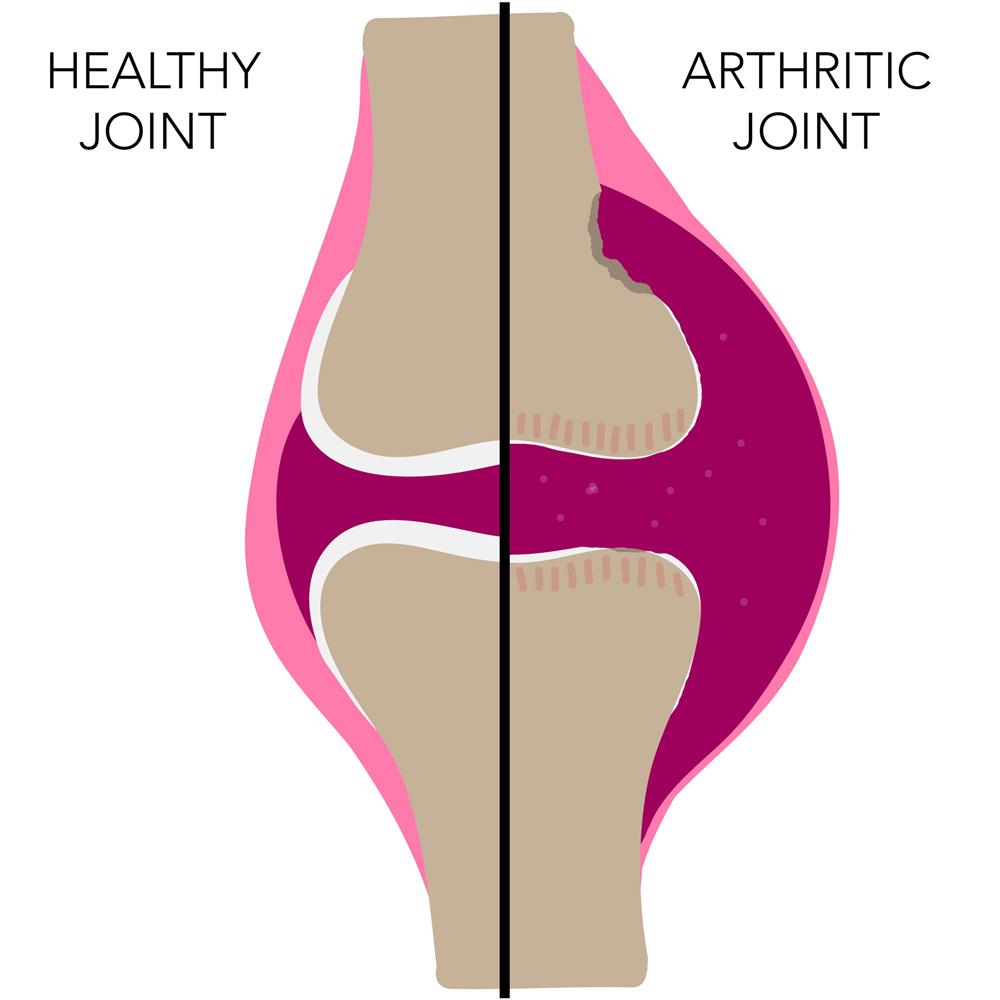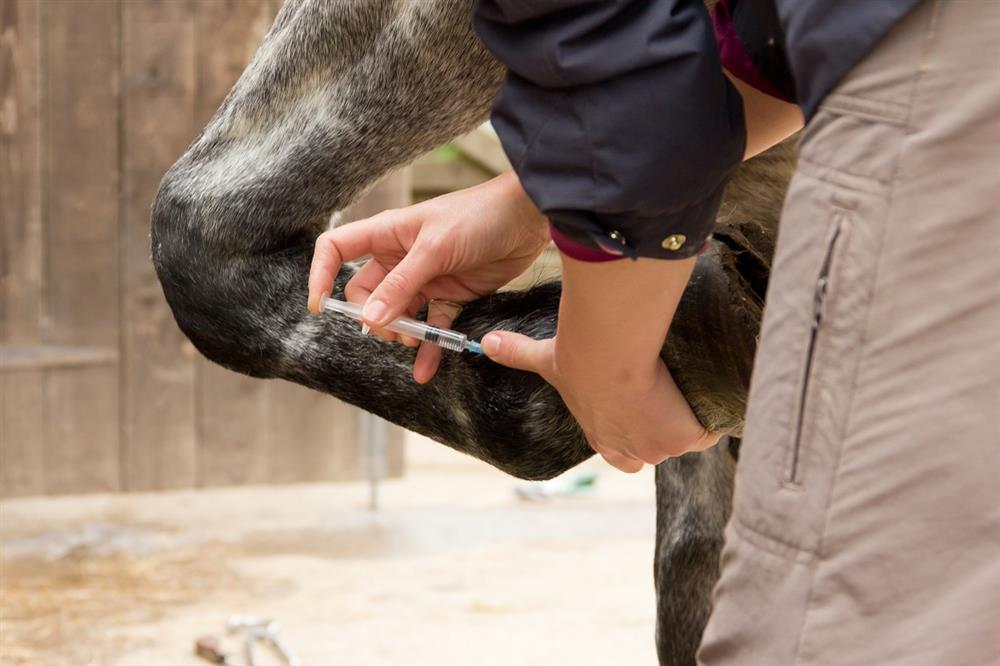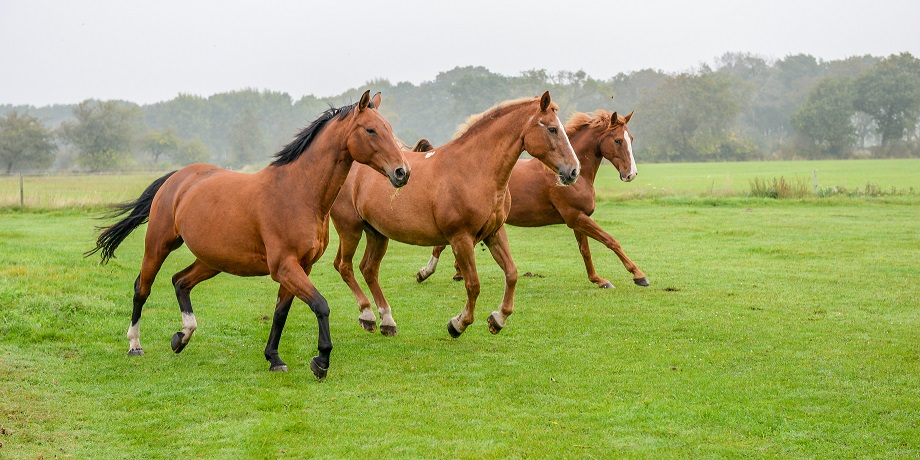Osteoarthritis is one of the most common diseases which a horse owner may come across, in fact, most of us reading this blog will probably experience some form of Osteoarthritis during our lifetimes.
Osteoarthritis is a disease which primarily affects synovial joints, particularly those which are weight bearing such as the hock and the stifle. The process of osteoarthritis involves the break down or ‘wear and tear’ of the cartilage within the joint. As the cartilage is being worn down, small flakes of debris fall into the joint capsule. This debris is then removed by cells known as type A cells. These cells then trigger migration of lymphocytes and macrophages which are part of the immune response. This process causes inflammation of the joints, resulting in a pain response from the horse, usually in the form of lameness or an abnormal gait pattern.

Eventually, the cartilage will become completely worn away, causing bone on bone contact, which can be extremely painful for the horse. This process also causes bony formations called Osteophytes to appear at the edges of the joints, these are most commonly found in the hock and the carpal joint.
Diagnosis
Diagnosis will often start with a lameness exam to assess the levels of pain a horse may be in, followed by a series of anaesthetic blocks to establish the location of pain.
X-Ray may also be used in the later stages of Osteoarthritis, other common signs to look out for are heat, swelling and discomfort. Horses may also appear stiff at the beginning of exercise and gradually become more comfortable as they warm up.

Treatment
At the moment, there is no direct cure, however, a vet will often look to treat the symptom to make the horse feel more comfortable.
A common treatment for Osteoarthritis is to perform a direct injection into the joints.
There are a variety of injection treatments available:
-
Hyaluronic Acid
-
Stem Cells
-
Platelet-Rich-Plasma
Your vet may also prescribe anti-inflammatory drugs such as phenylbutazone (bute). Regular physiotherapy treatments may also be recommended.

As horses are generally living longer, we are likely to see an increase in cases of Osteoarthritis, however, this does not mean that they need to be retired! Horses can live a long and healthy life with correct management.
If you are looking to support your horse’s joints, why not take a look at Best-Flex HA.

